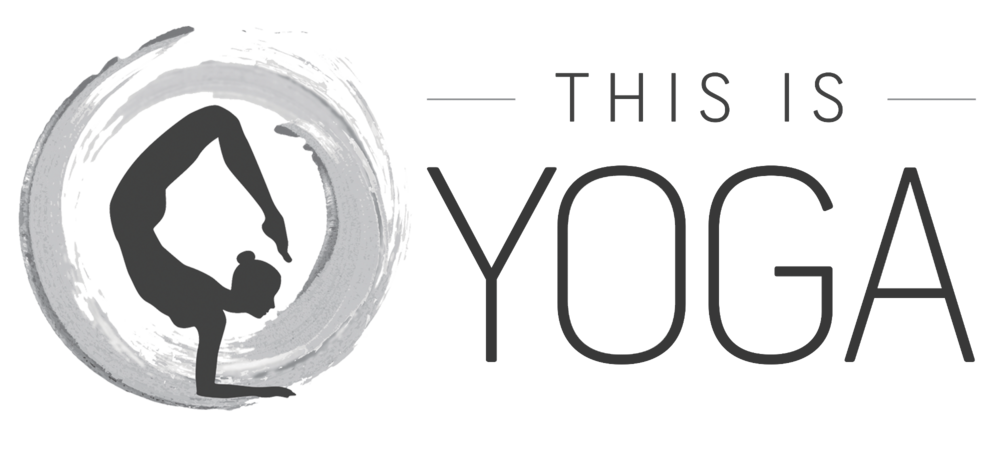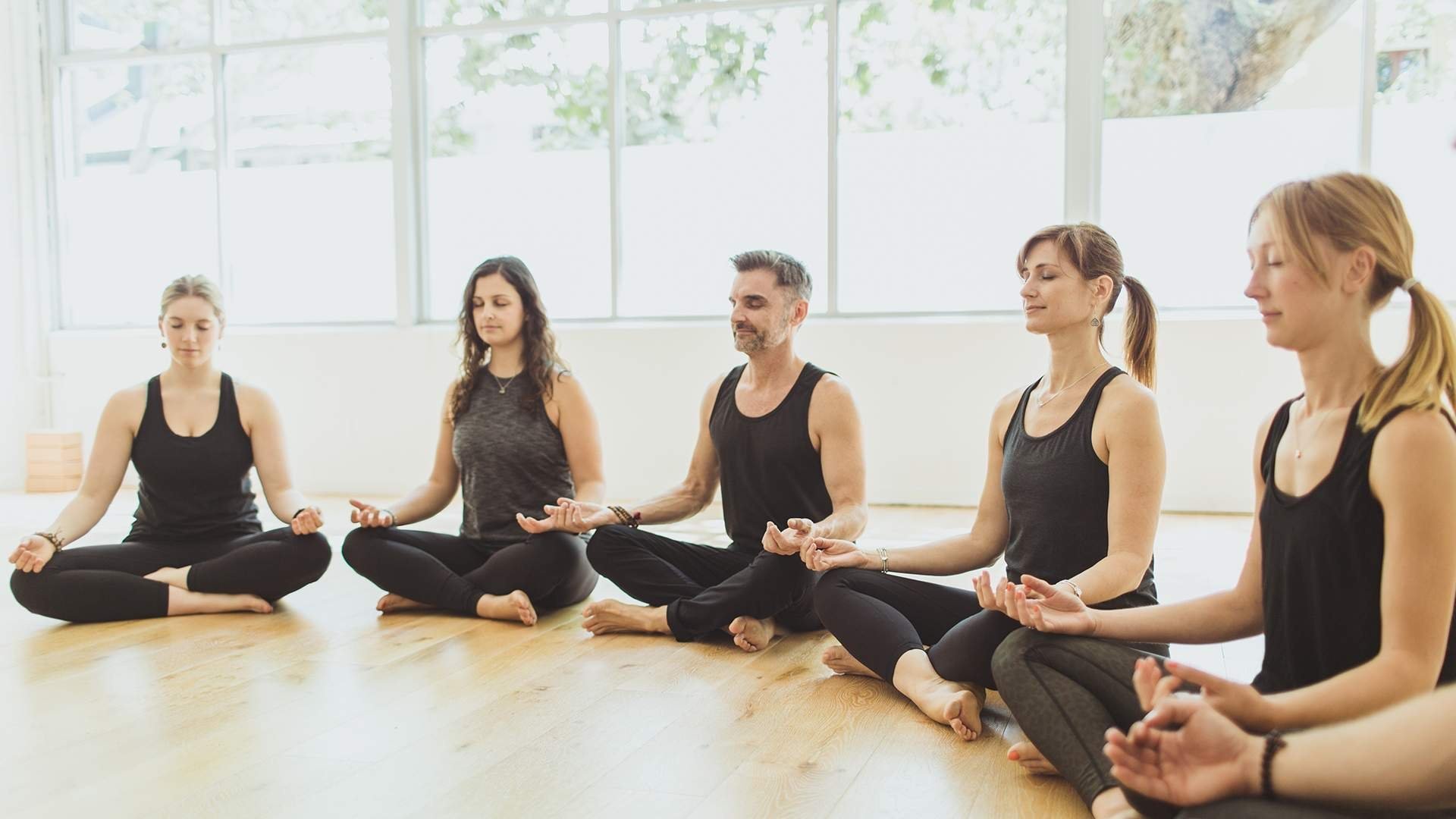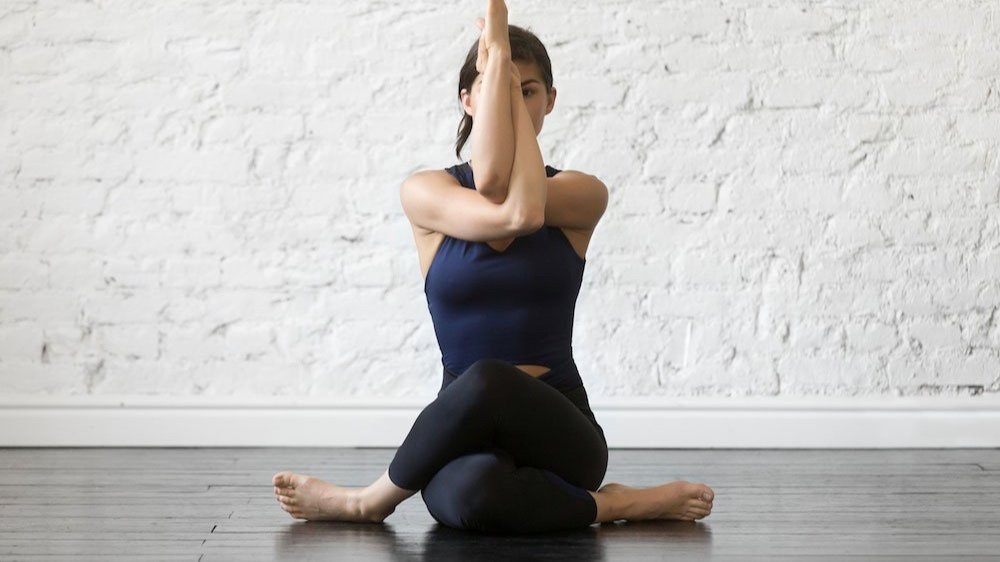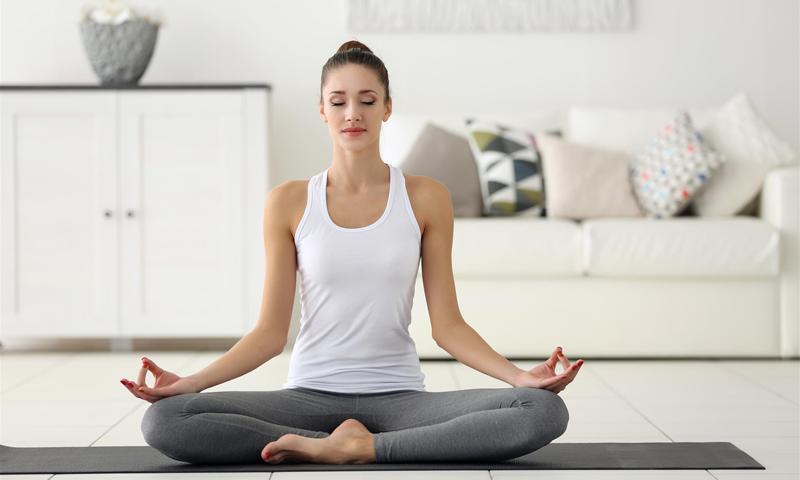In the yoga tradition, the individual soul is called “Atman.” From the Sanskrit root “at,” meaning “to breathe,” a soul is defined as “That Which Breathes.”
Our life begins with a breath. We know that a baby has been born successfully when we hear a loud cry. Our life ends with a breath. When a body exhales then no longer inhales, we know the soul is gone. If breath is what defines life, breath IS life energy. In yoga, we call this “prana,” which simultaneously means both “breath” and “life-force energy.” The two are seen as virtually the same thing. It follows that there is no quicker way to transform your energy than to alter your breathing pattern.
Like training our bodies or training our minds, our breath can also be trained. Not because it’s bad and needs to be fixed, but so that it can be harnessed to work more effectively for us. We are made up of body, mind, and breath, and the breath for many of us is the last frontier. If you’ve been doing practices for the mind and body, but are still struggling with stress or your mood, you may be skipping yoga’s “secret sauce.” Breathwork is the most effective practice for your vibe, otherwise known as your feeling tone or how you show up in the world.
One of the quickest ways to determine if someone is healthy is to examine their breathing pattern. If the breath is slow or shallow, rapid or irregular, you know that something is off. While doing breathwork cannot replace seeking medical help, it can be used to shift your energy and state of mind. For example, when someone is having a panic attack, we’ve all been taught to have them breathe into a paper bag. The idea is that if a person is panicking, they are usually also hyperventilating. The panic alters the breath cycle and the altered breath cycle creates more panic. This can quickly become a downward spiral.
The wise, old method of breathing into a paper bag does two things. First, it makes the person breathe in more carbon dioxide, which they’ve been losing through their quickened breath. Second, because the bag creates a sort of drag, it slows the breathing down. When the breath is slowed, the body takes the cue and thinks there is nothing to worry about. The act of slowing down your breathing is incredibly potent. Think of it like lifting weights with your lungs. It can be done by anyone, at any time, through techniques that are thousands of years old. It doesn’t require you to be spiritually elevated or psychologically evolved. On the contrary – it costs nothing and is simple to learn.
YOGA AND BREATH
Just like yoga and meditation, breathwork has a variety of styles and techniques with corresponding benefits. it can leave you feeling uplifted, focused, calm, or ready for sleep—depending on what type you do. There are energizing practices that require quick, short breaths and those that lengthen the breath for a more relaxing effect. Some techniques retain the breath at certain times or direct you to breathe out of just one nostril.
While some of it can seem a bit unusual at first, just like embarking on your first downward dog, have an open mind and a sense of adventure. However, remember that no matter what the teacher says, you are in charge of you. If a teacher says “Twenty more like this,” and you feel that you need a break—take it! If nothing else, you are practicing to have a better sense of yourself.
While it may appear simple on the surface, in the yoga tradition, breathwork was often taught as one of the most advanced practices. Introduced to students after they had mastered physical yoga, breathwork is essentially the synergy, the alchemy, the powerful combination of all yogic practices.






